USS Bowfin (SS/AGSS-287),
English translation
L'USS Bowfin (SS287 après AGSS319), était un sous-marin de classe Balao ,une des plus prolifique classe de sous-marins américains de la 2e Guerre Mondiale
Le Bowfin
Le Bowfin ou ou poisson-castor (Amia calva) est une espèce très ancienne qui a survécu depuis l âge des dinosaures et notamment du Crétacé
Actuellement on le trouveaux États-Unis et au Canada. Son corps est recouvert de petites écailles minces et sa tête est cuirassée avec de longues plaques osseuses.. Ce n'est pas un poisson comestible
La classe Balao
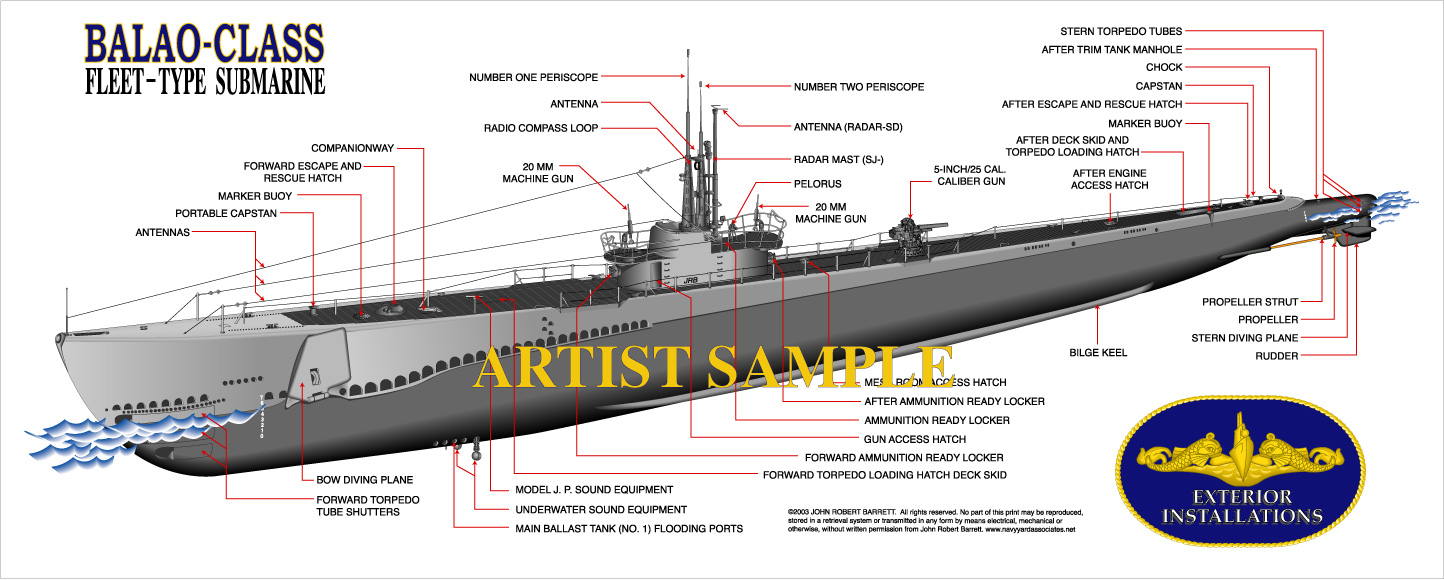 |
 |
| |
La classe a été la plus prolifique de la classe de sous-marins américains de la 2e Guerre Mondiale avec 128 unités construites, elle a été une amélioration par rapport à la classe Gato qui l’ a précédé
L’amélioration la plus importante a été l'utilisation de l'acier pour la coque, qui augmente la possibilité de plonger jusqu’à 120 m
Cette classe est une classe de sous-marin diesel électrique . Elle utilise pour la propulsion 4 moteurs diesel alimentés par des générateurs et des moteurs électriques. Il n'y a pas de lien direct entre les moteurs diesel et les arbres. En surface, tous générateurs diesel en fonction permet de produire de 5.400 CV Toutefois, en raison du manque de capacité de la batterie, seulement la moitié de l'installation électrique peut être utilisé avec un moteur ce qui lui donne toujours la moitié de la puissance possible
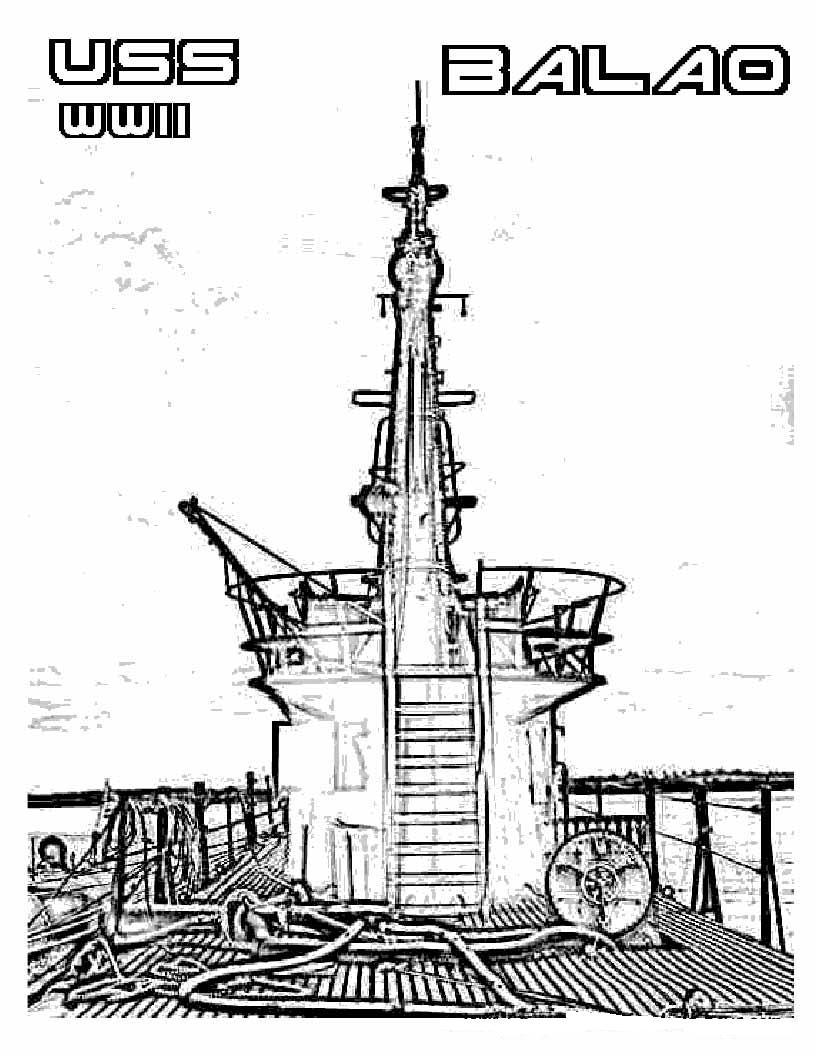 |
L’histoire retiendra aussi que c’est un sous marin de cette classe le SS311 Archer Fish qui a coulé le plus grand navire de guerre de la 2e Guerre Mondiale En effet le29 Novembre 1944 le SS 311 Archerfish a coulé l'IJN Shinano (信浓)
USS Bowfin
Il fut lancé pour le premier anniversaire de l'attaque sur Pearl Harbour
Il est le troisième bateau de la nouvelle classe de sous-marins de classe Balao commandée le 15 Décembre 1941, aux chantiers Portsmouth Navy Yard
La quille a été posée le 23 Juillet 1942 et l’USS Bowfin est lancé le 7 Décembre 1942,
Avec ce lancement, un an exactement après l'attaque de Pearl Harbour il a été surnomme Pearl Harbour Avenger
USS Poissoncastor équipement a été testé et le personnel ont été formés à Portsmouth; Torpedo Naval Station, Newport, Rhode Island, et des sous-marins de base, New London, CT. Elle a quitté New London le 1er Juillet 1943 pour Brisbane, Queensland, en Australie en passant par le canal de Panama, où elle arrivera le 10 août 1943 s
Première patrouille
Après des essais le 19 août, il remonte vers le nord ouest le long de la côte australienne à Darwin. Après trois semaines sans rencontrer aucun objectif valable il a un rendez-vous avec l'USS Billfish (SS 287) le 24 Septembre afin de mener des opérations coordonnées.
Le lendemain, les deux sous-marins commencent à suivre un convoi de six navires et l'USS Bowfin atteint et couler un navire marchand d 8120 tonnes le Maru Kirishima
Finalement les deux navires envoye au font 12.000 tonnes de navires japonais.
L'USS Bowfin arrive à Fremantle le 10 Octobre
Second de patrouille
Après un chantier de renovation l'SS Bowfin appareille le 1er Novembre direction le Sud de la mer de Chine pour une seconde patrouille, en coopération avec l'USS Billfish
Le 8 Novembre, l'USS Bowfin coule 3schooners avant d'être attaqué par un avion japonais qui force le sous-marine à plonger Deux jours plus tard, il coule une paire de petits vapeurs au canon
Dans la matinée du 26 Novembre, tandis qu'il s'approche de la côte de l'Indochine sous une tempête tropicale il torpille et coule le navire-citerne de 5069 tonnes l' Ogurasan Maru lee cargo de 5740 tonnes Tainan Maru e et dans les eaux cotieres le cargo
réquisitionné Ton Van Vollenhoven de 897 tonnes. Le 28 Novembre, l'USS bowfin attaque un convoi et coule 2 navires le Maru Sydney, de 5425 tonnes et le Tonon Maru, un pétrolier de 9866 tonnes.
L'USS Bowfin a touché par des canons japonais. Après quelques réparations il commence son voyage de retour vers l'Australie.
Troisième et quatrième patrouilles
Le sous-marin appareille le 8 Janvier 1944 pour la troisième, au travers de Java, Banda, la mer de Flores par le détroit de Makassar Le 16 Janvier il coula au canon une petite goélette et le 18, après un échec le 17, il coule le cargo de 4408 tonnes le Shoyu Maru
Il retourne à Darwin pour se réapprovisionner en torpilles Le 28 Janvier il commence une chasse contre un tanker qui se termine par un match nul entre les deux protagoniste le 29 Le 30 janvier il a détruit avec son canon de 4 pouces. 2 petites goélettes et retourne à Fremantle, le 5 Février
Cinquième patrouille
Il apparaille le 28 Février 1944, pour la mer de Célèbes
Elle fut très dure nottament avec une attaque par l'escorte Japonais d'un convoi qui voit la destruction d'un cargo de 4470 tonnes Tsukikawa Maru.
Il revient ensuite à Darwin et apres avoir ravitaillé il reprends la mer le 15 Mars
Il attaque un convoi de cinq navires dans la mer de Célèbes, et coule deux cargos ue de5139-tonnes le Shinkyo Maru et une de 5395 tonnes le Bengale Maru et endommagé un 3e bateau
Il retourne à Darwin où il arrive le 1er avril.
Sixième et septième patrouilles
Elle debute le 24 avril avec un nouveau commandant et elle fut la plus longue en temps et en distance de patrouille . De plus elle fut négative . il se dirige vers Midway, et le 21 Juin il arrive à Pearl Harbour
Le 16 Juillet, il quitte Perl pour les îles Ryukyu- il parvient à entrer dans le Minami où il détruit le 9 août deux navires Le 22 août, il attaque un convoi, mais, en dépit des impacts sur plusieurs navires, il ne reussi apparemment à couler qu'un transport de 54 00 tonnes le Tshushima Maru
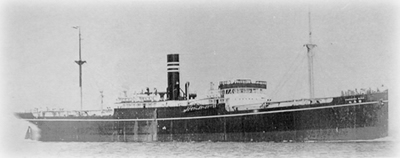 |
| Tshushima Maru |
Le 28 août, le sous-marins passe par Pearl Harbor, Midway et se dirige vers la côte ouest des Etats-Unis, qu'il atteint le 21 Septembre
Le 17 Février 1945 il attaque 2 navires antisoumarins japonais et coulé le navire de défense côtière n ° 5 de 750 tonnes Plus tard, il coule en mer Japon avec une torpille un cargo , et le 19 Mars, il sauve l'equipage d'un bombardier-torpilleur
Le sous-marin arrive à Guam le 25 Mars.
Huitième et neuvième patrouilles
Il repoart le 23 avril pour sa 8e patrouille guerre à proximité nord de Honshu et Hokkaido. durant laquelle il coule le transport de 2719 tonnes le Chowa Maru et une semaine plus tard, un cargo de 880 tonnes le Daito Maru No. 3; Il retourne à Guam, pour le radoub.
Le 29 mai il est part les îles japonaises. Après avoir traversé les champs de mines par les détroits de Tsushima, il entrera en mer du Japon où il coule 2 navires ( le transport Shinyo Maru de 1897 tonnes et le cargo de de 887 tonnes l' Akiura Maru)
Il retourne à Pearl Harbor et est remis en etat pour une nouvelle mission.
Au début d'août, il se dirige versles îles Mariannes, son objectif pour cette patrouille Toutefois, pendant le trajet, il recoit la nouvelle de la capitulation du Japon et il retourne à Hawaii et, ensuite, se dirige vers le canal de Panama en route vers la côte Est des Etats-Unis où il arrive 21 Septembre 1945.
Il sert dans la flotte de l'Atlantique jusqu'au son desarmement à New London, le 12 Février 1947 et sa mise en réserve.
Guerre Froide
Réactivé pendant la Guerre de Corée le 27 Juillet 1951, il se dirige versle Pacifique.
La fin des hostilités en Corée rvoit le format de l'US NAvy se réduire et le 8 Octobre 1953 il est placé en réserve jusqu'à ce qu'il déménage vers Seattle, le 1er Mai 1960 pour remplacer le SS 268 Puffer dans la formation des sous-mariniers de la Réserve navale
Son nom était Enfin rayé de la liste dofficielle des navires le 1er Décembre 1971, et il ramene à Pearl Harbor, où il sert aujourd'hui de mémorial. L' USS Bowfin a été déclaré monument historique national en 1986
Liste de la classe Balao
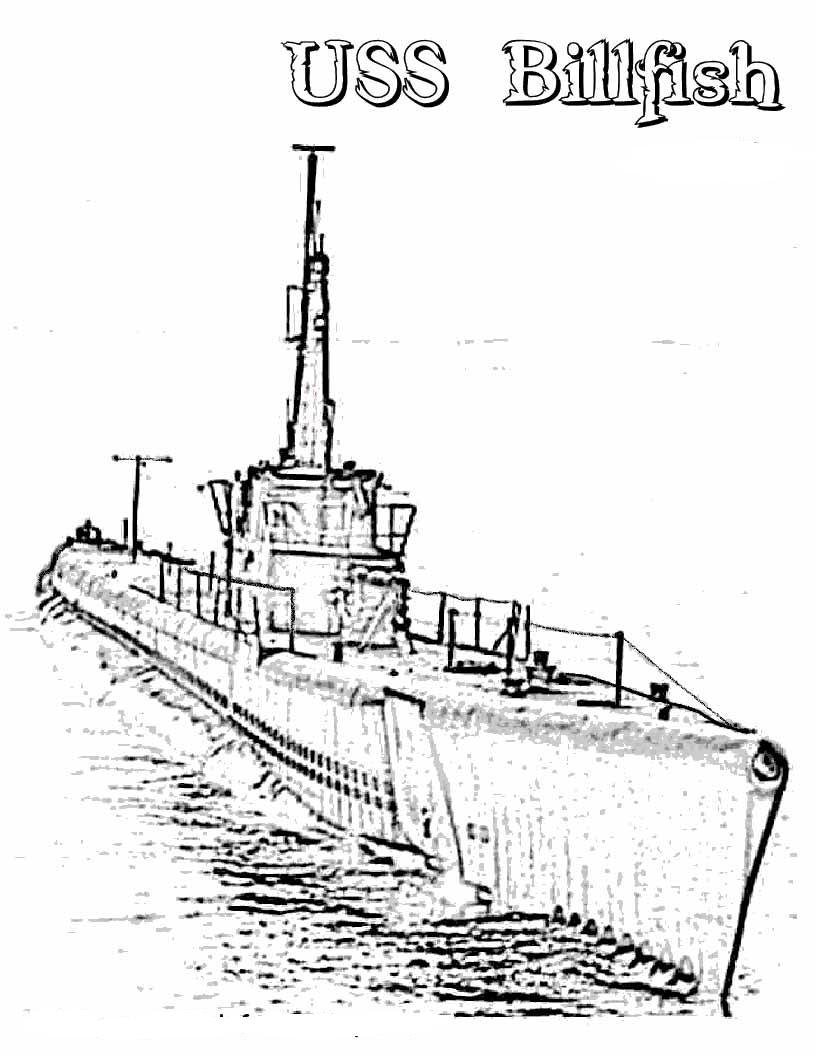 |
En gras les Sous marins la classe Balao perdus .
A
Apogon (SS-308) Archerfish (SS-311) Aspro (SS-309) Atule (SS-403)
B
Balao (SS-285) Bang (SS-385) Barbero (SS-317) Batfish (SS-310) Barbel (SS-316) (lost 4 Feb, 1945)Baya (SS-318) Becuna (SS-319) Bergall (SS-320) Besugo (SS-321) Billfish (SS-286) Blackfin (SS-322) Blenny (SS-324)Blower (SS-325) Blueback (SS-326) Boarfish (SS-327) Bowfin (SS-287) Brill (SS-330) Bugara (SS-331) Bullhead (SS-332) (perdu 6 Aug, 1945) Bumper (SS-333) Burrfish (SS-312)
C
Cabezon (SS-334) Cabrilla (SS-288)Caiman (SS-323) Capelin (SS-289) (perdu 23 Nov, 1943) Capitaine (SS-336) Carbonero (SS-337) Carp (SS-338)Catfish (SS-339) Charr (SS-328)Chivo (SS-341) Chopper (SS-342) Chub (SS-329) Cisco (SS-290) (perdu 28 Sep, 1943) Clamagore (SS-343)Cobbler (SS-344) Cochino (SS-345) (perdu 26 Aug, 1949) Corporal (SS-346) Crevalle (SS-291)Cubera (SS-347) Cusk (SS-348)
D
Dentuda (SS-335) Devilfish (SS-292) Diodon (SS-349)Dogfish (SS-350) Dragonet (SS-293)
E
Entemedor (SS-340) Escolar (SS-294) (perdu Oct, 1944)
G
Greenfish (SS-351)
H
Hackleback (SS-295) Halfbeak (SS-352)Hardhead (SS-365) Hawkbill (SS-366)
I
Icefish (SS-367)
J
Jallao (SS-368)
K
Kraken (SS-370) Kete (SS-369) (perdu 20 Mar, 1945)
(1).jpg) |
| USS Kete |
L
Lagarto (SS-371) (perdu 3 Mai, 1945) Lamprey (SS-372) Lancetfish (SS-296) Ling (SS-297)Lionfish (SS-298) Lizardfish (SS-373) Loggerhead (SS-374)
M
Macabi (SS-375) Manta (SS-299)Mapiro (SS-376) Menhaden (SS-377) Mero (SS-378)Moray (SS-300)
P
Pampanito (SS-383) Parche (SS-384)Perch (ii) (SS-313) Picuda (SS-382) Pilotfish (SS-386)Pintado (SS-387) Pipefish (SS-388) Piper (SS-409)Piranha (SS-389) Plaice (SS-390)Pomfret (SS-391)
Q
Queenfish (SS-393)
R
Razorback (SS-394) Redfish (SS-395) Roncador (SS-301) Ronquil (SS-396)
S
Sabalo (SS-302) Sablefish (SS-303) Sand Lance (SS-381) Scabbardfish (SS-397) Sea Cat (SS-399) Sea Devil (SS-400) Sea Dog (SS-401) Sea Fox (SS-402)Sea Owl (SS-405) Sea Poacher (SS-406)Sea Robin (SS-407)Seahorse (SS-304) Sealion (II) (SS-315) Segundo (SS-398)Sennet (SS-408) Shark (II) (SS-314) (perdu 24 Oct, 1944)Skate (SS-305) Spadefish (SS-411) Spikefish (SS-404) Spot (SS-413) Springer (SS-414) Sterlet (SS-392) Stickleback (SS-415) (perdu 28 May, 1958)
T
Tang (SS-306) (perdu 24 Oct,1944)Threadfin (SS-410) Tilefish (SS-307) Tiru (SS-416) Trepang (SS-412)
Caractéristiques 1943
Constructeur: Electric Boat Company Groton Connecticut
Déplacement: 1526 tonnes surface
1424 tonnes immergé
Equipage: 10 officiers, 70-71 enrôlés
Longueur: 95,0 m
Largeur: 8,3 m
Tirant d'eau: 5,1 m
Propulsion:
4 × général Modèle moteur diesel 16-278a V 16
2 × 126-Sargo Batteries
4 × GE à haute vitesse des moteurs électriques
deux hélices [2]
Vitesse: 20.25Knot 38 km / h surface
8.75 nœuds (16 km / h) submergés
Plage: 20000 km revêtues à 10 nœuds (19 km / h)
Endurance: 48 heures à 2 nœuds (3,7 km / h) submergés
75 jours de patrouille
Test de profondeur:
Armement: 10 x 21 pouces (533 mm) tubes des torpilles (six en avant, quatre en arrière)
24 torpilles
1 × 5 pouces (127 mm)
Autres informations Others Informations ICI HERE
Photoscope Walk AroundICI HERE
USS Bowfin (SS/AGSS-287)
The USS Bowfin (SS287 after AGSS319 ),was a Balao-class submarine, the most prolific class of US Submarines during WW2 .USS Bowfin completed nine war patrols in two years of wartime duty. One of the top-scoring U.S. submarines of World War II, Bowfin is credited with sinking 16 Japanese vessels with a total tonnage of 67,882 tons and later she serve as a reserve training boat in Seattle, until her decommissioning in 1971.
Today,USS Bowfin is a Museum in Pearl Harbor in a park located next to the USS Arizona Memorial Visitor Center
The Bowfin
The bowfin was a primitive fish known from Jurassic , Cretaceous and Eocene The bowfin,was afish contemporary of the dinosaurs
Bowfins are found throughout eastern North América in slow-moving backwaters and ox-bow lakes. When the oxygen level is low bowfin can rise to the surface and gulp air
He was not a good fish to eat
The Balao Class
.jpg) |
.jpg) |
| |
The Balao class was the most prolific class of US Submarines during WW2 with 128 units built, She was an improvement on the earlier Gato class, The most significant improvement was the use of new steel for the hull , which increased possibility to dive since 120 m
This class was a diesel electric submarine and she use for propulsion 4 diesel engines powered by electrical generators and motors . There was no direct connection between the diesel engines and the shafts. On the surface, with all diesel generators in operation, the full electric plant was used to produce 5,400 shp. However, due to limited battery capacity, only half of the electric plant was used underwater: one motor per shaft on four-motor boats, and one armature per motor on two-motor boats One of the Balao class the SS311 Archer Fish as the record today unconquered of the the largest ship sunk by a submarine
On November 29th 1944 he sunk the IJN Shinano (信濃)
.jpg) |
States Navy lost 52 submarines and 3,505 submariners during WW2. The casualty rate of approximately 22% was the highest of all the services and was six times greater than in the surface Navy. All of the submariners were volunteers.
USS Bowfin
She was launch for the first anniversary of the attack on Pearl Harbor
He was the third boat of the new Balao class fleet submarines class ordered on 15 December 1941, at Portsmouth Navy Yard
The keel was laid on July 23rd 1942 and USS Bowfin was launched on December 7th 1942,
With this launch exactly one year after the Pearl Harbor attack she was named the Pearl Harbor Avenger
USS Bowfin's equipment was tested and personnel were trained at Portsmouth; Naval Torpedo Station, Newport, Rhode Island; and Submarine Base, New London, CT. She departed New London on July 1st 1943 for Brisbane, Queensland, Australia by way of the Panama Canal where she arrive on August 10th 1943
First patrol
After trials on August 19th she move north and west along the Australian coast to Darwin . After three weeks without encountering any worthy targets she has a rendezvous with USS Billfish ( SS 287 ) on September 24th to conduct coordinated operations.
The next day, the two submarines began tracking a six-ship convoy and USS Bowfin finally attained sunk a 8,120-ton passenger-cargo ship the Kirishima Maru
Finally with is sister ship their have damage two Japanese ships totaling about 12,000 tons.
USS Bowfin arrived at Fremantle on October, 10th
Second patrol
After completion of refitting,USS Bowfin go under way on November 1st direction Sout China Sea for a second patrol,in cooperation with USS Billfish.
On 8 November, USS Bowfin sunk 3schooners before bombs attack from a Japanese plane who force submarine to dive Two days later, she found a pair of small steamers and set both afire with gunfire
On the morning of 26 November while she was approaching the coast of Indochine under a blinding rainstorm she torpedoed and sank the 5,069-ton tanker Ogurasan Maru the 5,407-ton freighter Tainan Maru and the coastal 691-ton cargo ship Van Vollenhoven,( Japanese war requisition). On 28 November, after having sent a small passenger-cargo ship USS Bowfin with the US Billfish attack a convoy and sank 2 ships the Sydney Maru, a 5,425-ton freighter and Tonon Maru, a 9,866-ton tanker.
USS Bowfin was hit by Japanese guns. After little repairs she began her voyage back to Australia.
Third and fourth patrols
The submarine got underway on 8 January 1944 for her third She go through Java, Banda, and Flores Seas to Makassar Strait On 16 January she sank with his deck gun a small schooner An the 18 she sank after a failure on the 17 the 4,408-ton Shoyu Maru
She return to Darwin for torpedoes supplies On 28 January USS Bowfin began a tracking against a tanker finished by a draw between the two protagonists.On 29USS Bowfin laid a minefield in Makassar and on 30 january she destroyed with her 4-inch gun. 2 small schooners which
She return to Fremantle on 5 February
Fifth patrol
She Underway on 28 February 1944, for the Celebes seas
She was severely but did no debilitating damage during an attack by japanese escort In spite of his damages she sunk the 4,470-ton Tsukikawa Maru.
She then headed back to Darwin for more, and stood out to sea again on 15 March with a fresh supply.
She attacked a five-ship convoy in the Celebes Sea, sinking two freighters—5,139-ton Shinkyo Maru and 5,395-ton Bengal Maru and damaged a third ship She go back to Darwin where she arrived on 1 April.
Sixth and seventh patrols
She go underway on 24 April with a new commander to Palaus her longest in both time and distance patrol with negative results She go to Midway and on 21 June she arrive in Pearl Harbour
On 16 July, she left Perl Harbour to Ryukyu Islands He enter in Minami where she destroy on 9 August two ships On 22 August she attacked a convoy,but in spite of hits on several ships she apparently only sank a 6,754-ton transport Tshushima Maru
On 28 August, submarine go via Midway and Pearl Harbor for the west coast of the United States where she reach on 21 September
.jpg) |
| Tshushima Maru |
On 17 February 1945 USS Bowfin attacked two Japanese subchasers and sank the 750-ton Coast Defense Vessel No. 5 She later sank a Japanese sea truck with one torpedo,and on 19 March, she rescued the pilot and gunner of a downed torpedo Bomber
The submarine arrive at Guam on 25 March.
Eighth and ninth patrols
She underway on 23 April for her eighth war patrol, near north of Honshū and Hokkaido. Where she sunt the 2,719-ton transport Chowa Maru and a week later, an 880-ton freighter Daito Maru No. 3;She return to Guam, for refit.
On 29 may she go underway to Japanese Islands. After passing through the dangerous minefields of Tsushima straits she enter in the Sea of Japan where shz sunk 2 ships (1,898-ton transport Shinyo Maru and the 887-ton freighter Akiura Maru ) She reached Pearl Harbor and began preparations to return to action.
Early in August, Bowfin sailed for the Marianas, her staging point for her 10th war patrol. However, while en route, she received word of Japan’s capitulation so she return to Hawaii and, then, headed for the Panama Canal on her way to the east coast of the United States where she arrive 21 September 1945. She served in the Atlantic Fleet until decommissioned at New London on 12 February 1947 and placed in reserve.
Cold war
Reactivated during Koeran War on July 27th 1951 she sail for the Pacific.
Thel end of hostilities in Korea reduce the Navy’s need for active submarines and USS Bowfin on 8 October 1953 was placed out of commission USS Bowfin remained there until moving to Seattle on 1 May 1960 to replace SS 268 Puffer a Naval Reserve training submarine Her name was finally struck from the Navy list on 1 December 1971, and she was taken back to Pearl Harbor, where she now serves as a memorial. USS Bowfin was declared National Historic Landmark in 1986
List of the Balao Class
.jpg) |
Submarines of the Balao class lost in bold type
A
Apogon (SS-308) Archerfish (SS-311) Aspro (SS-309) Atule (SS-403)
B
Balao (SS-285) Bang (SS-385) Barbero (SS-317) Batfish (SS-310) Barbel (SS-316) (lost 4 Feb, 1945)Baya (SS-318) Becuna (SS-319) Bergall (SS-320) Besugo (SS-321) Billfish (SS-286) Blackfin (SS-322) Blenny (SS-324)Blower (SS-325) Blueback (SS-326) Boarfish (SS-327) Bowfin (SS-287) Brill (SS-330) Bugara (SS-331) Bullhead (SS-332) (lost 6 Aug, 1945) Bumper (SS-333) Burrfish (SS-312)
C
Cabezon (SS-334) Cabrilla (SS-288)Caiman (SS-323) Capelin (SS-289) (lost 23 Nov, 1943) Capitaine (SS-336) Carbonero (SS-337) Carp (SS-338)Catfish (SS-339) Charr (SS-328)Chivo (SS-341) Chopper (SS-342) Chub (SS-329) Cisco (SS-290) (lost 28 Sep, 1943) Clamagore (SS-343)Cobbler (SS-344) Cochino (SS-345) (lost 26 Aug, 1949) Corporal (SS-346) Crevalle (SS-291)Cubera (SS-347) Cusk (SS-348)
D
Dentuda (SS-335) Devilfish (SS-292) Diodon (SS-349)Dogfish (SS-350) Dragonet (SS-293)
E
Entemedor (SS-340) Escolar (SS-294) (lost Oct, 1944)
G
Greenfish (SS-351)
H
Hackleback (SS-295) Halfbeak (SS-352)Hardhead (SS-365) Hawkbill (SS-366)
I
Icefish (SS-367)
J
Jallao (SS-368)
K
Kraken (SS-370) Kete (SS-369) (lost 20 Mar, 1945)
.jpg) |
| USS Kete |
L
Lagarto (SS-371) (lost 3 May, 1945) Lamprey (SS-372) Lancetfish (SS-296) Ling (SS-297)Lionfish (SS-298) Lizardfish (SS-373) Loggerhead (SS-374)
M
Macabi (SS-375) Manta (SS-299)Mapiro (SS-376) Menhaden (SS-377) Mero (SS-378)Moray (SS-300)
P
Pampanito (SS-383) Parche (SS-384)Perch (ii) (SS-313) Picuda (SS-382) Pilotfish (SS-386)Pintado (SS-387) Pipefish (SS-388) Piper (SS-409)Piranha (SS-389) Plaice (SS-390)Pomfret (SS-391)
Q
Queenfish (SS-393)
R
Razorback (SS-394) Redfish (SS-395) Roncador (SS-301) Ronquil (SS-396)
S
Sabalo (SS-302) Sablefish (SS-303) Sand Lance (SS-381) Scabbardfish (SS-397) Sea Cat (SS-399) Sea Devil (SS-400) Sea Dog (SS-401) Sea Fox (SS-402)Sea Owl (SS-405) Sea Poacher (SS-406)Sea Robin (SS-407)Seahorse (SS-304) Sealion (II) (SS-315) Segundo (SS-398)Sennet (SS-408) Shark (II) (SS-314) (lost 24 Oct, 1944)Skate (SS-305) Spadefish (SS-411) Spikefish (SS-404) Spot (SS-413) Springer (SS-414) Sterlet (SS-392) Stickleback (SS-415) (lost 28 May, 1958)
T
Tang (SS-306) (lost 24 Oct,1944)Threadfin (SS-410) Tilefish (SS-307) Tiru (SS-416) Trepang (SS-412)
Technical data 1943
Builder: Electric Boat Company Groton Connecticut
Displacement: 1,526 tons surfaced
424 tons submerged
Complement: 10 officers, 70–71 enlisted
Length: 95.0 m
Beam: 8.3 m
Draft:5.1 m
Propulsion:
4 ×General motor Model 16-278A diesel V 16
2 × 126-Sargo Batteries
4 × high-speed GE electric motors
two propellers [2]
Speed: 20.25Knot 38 km/h surfaced
8.75 knots (16 km/h) submerged
Range: 20,000 km surfaced at 10 knots (19 km/h)
Endurance: 48 hours at 2 knots (3.7 km/h) submerged
75 days on patrol
Test depth:
Armament: 10 × 21-inch (533 mm) torpedoes tubes(six forward, four aft)
24 torpedoes
1 × 5-inch (127 mm)






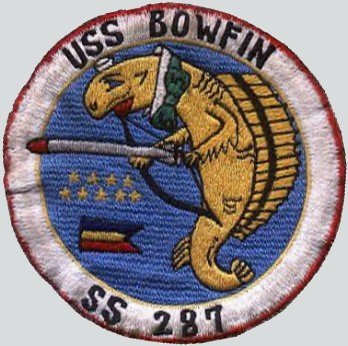
.jpg)
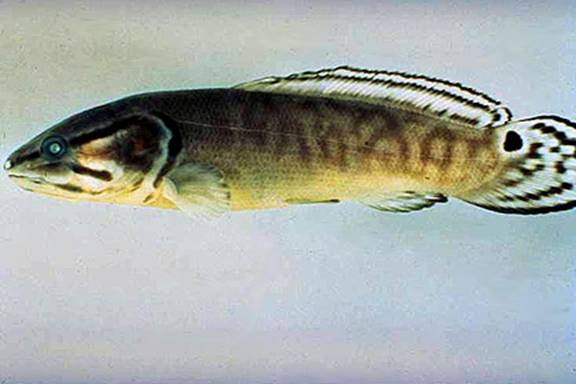





(1).jpg)
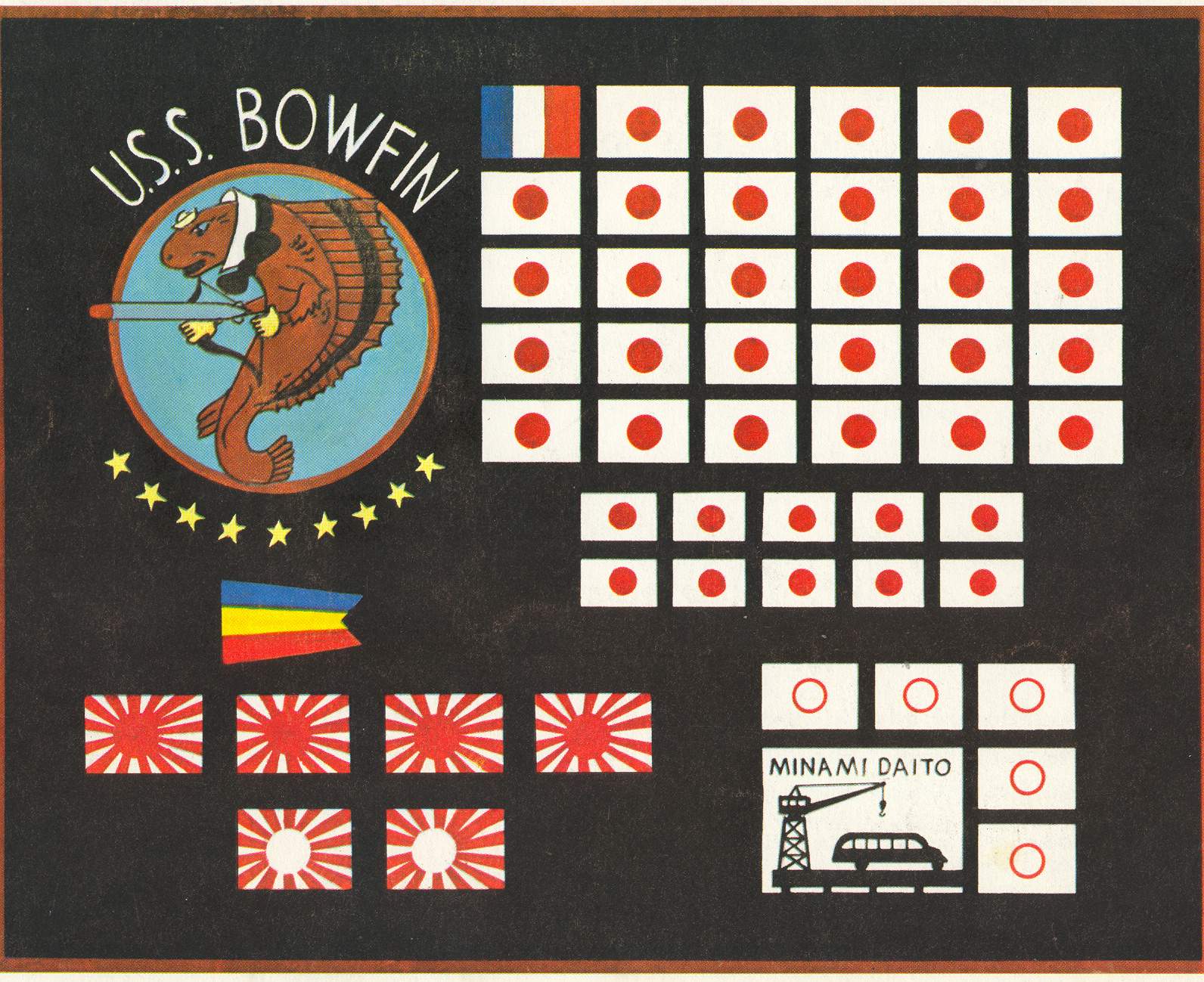
.jpg)
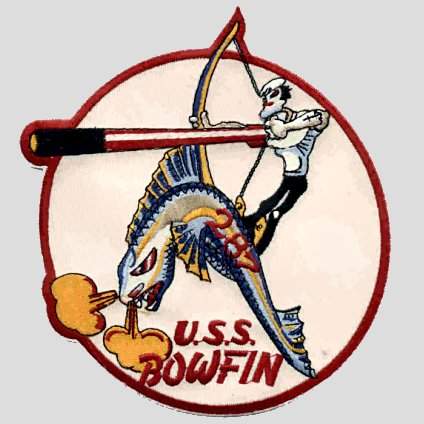
.jpg)
.jpg)
.jpg)
.jpg)
.jpg)
.jpg)
.jpg)